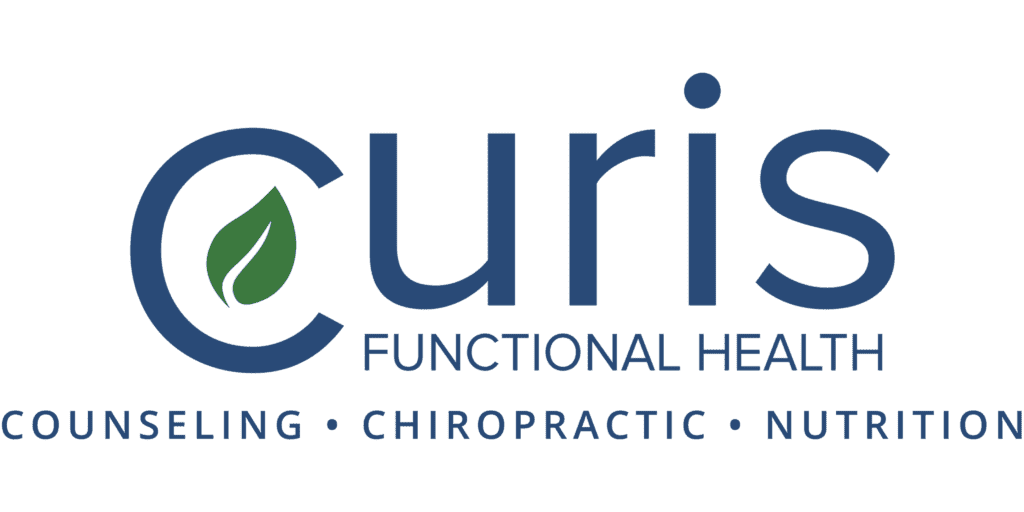Food allergies can significantly impact the lives of those affected, requiring careful attention and a proactive approach to ensure safety and well-being. In this comprehensive guide, we will dive into the fundamentals of food allergies—how to identify them, available treatments, and strategies for living safely with this condition.
Why Food Allergies Occur
Food allergies result from an abnormal immune response to specific proteins found in certain foods. The body identifies these proteins as harmful and triggers an immune reaction, leading to various symptoms that can vary from mild to severe. Common allergens include nuts, shellfish, dairy, eggs, soy, and wheat.
Identifying Food Allergies: Signs and Symptoms

Recognizing the signs of a food allergy is crucial for prompt intervention. Symptoms can manifest within minutes to a few hours after consuming the allergen and may include:
- Skin reactions: Hives, itching, or eczema.
- Digestive issues: Nausea, vomiting, diarrhea, or abdominal pain.
- Respiratory symptoms: Sneezing, coughing, wheezing, or shortness of breath.
- Cardiovascular symptoms: Rapid or weak pulse, lightheadedness, or loss of consciousness.
- In severe cases, an allergic reaction can escalate into anaphylaxis, a life-threatening emergency requiring immediate medical attention.
Diagnosis and Testing
If you suspect a food allergy, seeking a proper diagnosis is essential. Consult with an allergist who may conduct various tests, including:
- Skin prick tests: Exposing the skin to small amounts of allergens to observe reactions.
- Blood tests: Measuring specific antibodies related to allergic reactions.
A thorough medical history and dietary assessment also contribute to accurate diagnosis.
Can Food Allergies be Cured?
While there is no traditional cure for food allergies, several management strategies can help individuals live safely:
- Avoidance: Identifying and strictly avoiding allergens is the primary method of preventing allergic reactions.
- Epinephrine auto-injectors: Prescribed for severe allergic reactions, these devices provide a quick dose of epinephrine to counteract symptoms until emergency medical help arrives.
- Allergen immunotherapy: Under the guidance of an allergist, some individuals may undergo desensitization treatments to build tolerance to specific allergens over time.

Living Safely with Food Allergies: Practical Tips
- Educate Yourself and Others: Understand food labels, restaurant practices, and potential hidden allergens. Educate friends, family, and colleagues about your allergies.
- Create an Emergency Action Plan: Develop a plan outlining the steps to take in case of an allergic reaction. Share this plan with those close to you and keep a copy easily accessible.
- Communication is Key: Clearly communicate your allergies when dining out or attending social events. Don’t hesitate to ask about ingredients and food preparation methods.
- Build a Support Network: Connect with support groups or online communities to share experiences, tips, and emotional support with others facing similar challenges.
- Stay Informed About Research: Stay updated on the latest research and developments in food allergy management. New treatments and therapies are continually emerging.
Subscribe for wellness insights and more!
How Functional Nutrition Can Help with Allergies
While traditional cures for food allergies remain elusive, hope emerges through innovative approaches like functional nutrition. Functional nutrition explores the intricate relationship between diet and overall health, aiming to address underlying issues contributing to several “mysterious illnesses” including allergies, and work with the patient for an individualization plan towards permanent relief.
As it turns out, our functional nutrition team has unraveled a critical factor that causes allergies: disrupting and opening the tight junctions within the intestinal wall. This, fueled by inflammation, allows proteins to pass through larger openings and into the bloodstream, triggering an immune response (i.e., food allergy). Understanding the cause helped our team address this inflammation and actually address the root cause of the allergy.
If you’re tired of playing the food detective and living in fear of an emergency hospital trip, our functional nutrition team is prepared to assist you in discovering a permanent solution. It’s time to savor a flavorful life.




